
Developer: Square Enix, ARTDINK
Publisher: Square Enix
Platform: PC, Switch, PS5, Xbox Series X|S
Tested on: Switch
Dragon Quest III HD-2D Remake – Review
Want to feel old? The original version of Dragon Quest III came out in 1988, a whopping 36 years ago. It’s not often that a game that is this old gets a full-fledged remake. Sure, you can play the original Legend of Zelda or Super Mario on the Switch, but even then, you’re looking at outright ports of the originals. This makes it all the more noteworthy that Dragon Quest III got another lease on life through Dragon Quest III HD-2D Remake, Square Enix’s latest outing of the venerable Dragon Quest series. We were around when DQ3 debuted, but we were way too young to actually play the game back then. For us personally, DQ3 may not have been a trip down memory lane, but is it worth making up for lost time?
Story
If this was a completely new entry in the Dragon Quest series, we’d rip the story apart for being so paper-thin, but it’s important to keep in mind that DQ3 hails from a very different era. Players take on the role of a character that is very much a blank slate. You get to name him yourself, and there is no character growth throughout the story. You’re the 16-year-old child of the legendary hero Ortega, and you’re tasked with defeating Baramos, a great evil that threatens the world. That’s pretty much it in terms of plot. Any party members you recruit are basically random NPCs with no personalities of their own. To developer ARTDINK’s credit, the remake adds new story elements intended to flesh out the backstory of your legendary father. There is also a lot of fun to be had with talking to random NPCs that inhabit the various towns you visit, but ultimately, there’s no depth to DQ3’s plot.
Graphics
The biggest overhaul that the DQ3 remake received is hiding in plain sight, in the game’s title. The game makes use of Square Enix’s so-called HD-2D art style that debuted with Octopath Traveler and was also seen in games like Triangle Strategy and Live A Live. DQ3 is perhaps the best showcase of this style that we’ve seen so far, thanks to fantastic lighting and bright colors that pop, without feeling oversaturated or overexposed. Dragon Quest’s visuals have always been notable because the designer was the late Akira Toriyama of Dragon Ball fame, but this doesn’t really shine through in the otherwise gorgeous pixel art, unfortunately. The sprites are just too tiny to really showcase Toriyama’s aesthetic. That said, the visual upgrades seemingly did push our trusty old Switch to its limits, and DQ3’s performance wasn’t quite as smooth as we would have wanted. Frame drops and stuttering were especially prevalent in large, detailed areas like towns. Here’s hoping that the game fully comes into its own when we can revisit it on the Switch’s successor.
Sound
The audio overhaul that DQ3 got is almost as impressive as what happened with the game’s visuals. The most prominent element here is the orchestral soundtrack, which sounds absolutely fantastic. It’s upbeat, catchy, and suitably epic at times. That said, this does clash with the retro sound effects. It’s especially jarring when you finish a random encounter and the orchestral battle music abruptly stops and old-school beep-boop sounds are heard while you click through the screens that tell you how much EXP you earned. Rounding things out audio-wise is the addition of voice acting. While the game isn’t fully voiced, a good chunk of it is, with great results.
Gameplay
We’d say that DQ3 sticks close to the familiar classic JRPG formula that we’ve seen in game series like Bravely Default or SaGa but it’s actually the other way around: Dragon Quest arguably pioneered this kind of game, and those later titles were inevitably inspired by the series. That’s not to say that the DQ3 remake is a carbon copy of the original, because it definitely brings some improvements to the table. We’ll get to what those are, but for now, let’s start by summarising those very basics. After assembling a party of adventurers, you head out into an overworld filled with towns, dungeons, and random encounters with monsters, among other things. Towns offer a place to rest, shops where you can buy and sell gear, and all sorts of NPCs that can use your aid. Meanwhile, dungeons offer loot, more monsters, and usually a big boss fight. DQ3’s overarching story sends you all over the world, of course, preparing your band of heroes to deal with the big bad. It’s all familiar, basic stuff but there is a reason why the formula is still so successful after almost four decades.
By today’s standards, DQ3 is a very simple RPG, especially when it comes to combat and the built-in class system. We’d actually say that’s a good thing though, as this no-frills approach makes for a game that accurately recreates the spirit of the original for retro enthusiasts, while also being extremely accessible for newcomers. Anyone looking for a meatier experience may be left wanting, though. By default, you’re only in direct control of the protagonist during battles, and even then it’s a matter of selecting a group of enemies and choosing an action. Your party members attack automatically, although you can set what kind of action they should focus on from the menu, whether it’s attacking, casting spells, or healing fellow party members. We found that the NPC AI did a pretty good job and didn’t need to bother changing the default settings. In true retro fashion, DQ3’s challenge comes from literal difficulty spikes, and we found that grinding is absolutely necessary if you want your party to stand a fighting chance. Fortunately, one of the big new changes here is that you can massively speed up battles, cutting down the necessary time to grind.
Other changes to DQ3 include map markers, meaning you’ll always know where to go next, as well as the game taking pages from later entries in the series by adding an expanded Monster Arena and the addition of the Monster Wrangler class, which was first introduced in later games in the series. These are all sensible changes that don’t detract from the overall DQ3 experience. It’s a good thing that that experience stood the test of time so well. The core adventure will take you around 40 hours to complete, although if you take on side quests and get stuck in optional minigames, you’re easily looking at double that. This definitely makes DQ3 worthy of that €59.99 price tag, even if it is essentially built on the skeleton of a NES game.
Conclusion
Nearly four decades later, Dragon Quest III still holds up as a solid RPG. The QOL changes and additions make sense and allow the core game to shine as a faithful modernization of a beloved NES classic. The DQ3 remake may feel like a very simplistic RPG by today’s standards, so it needs to be approached with a specific mindset. If you can do that, then this is a great little game, even if the Switch version’s visual performance leaves something to be desired.

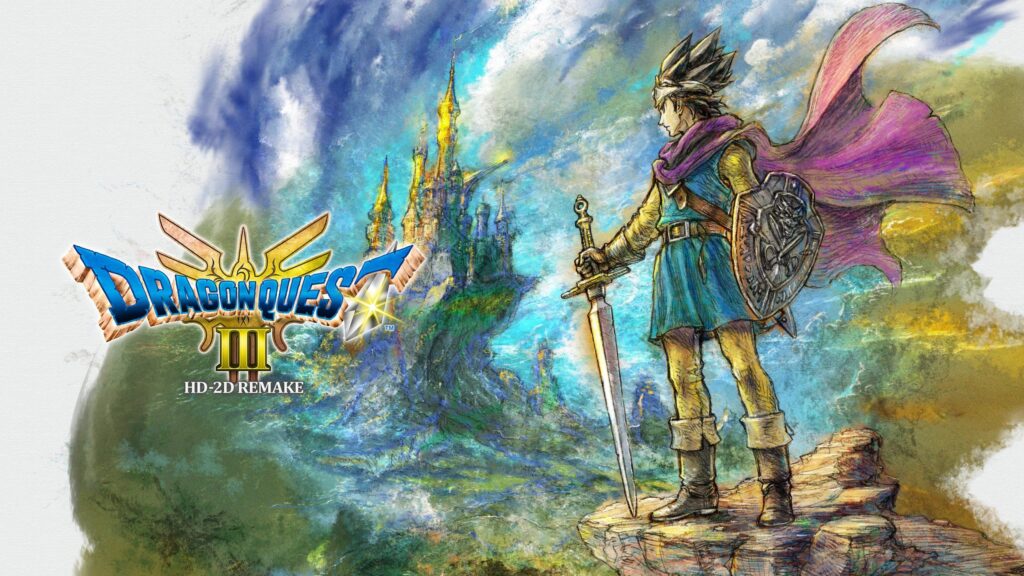
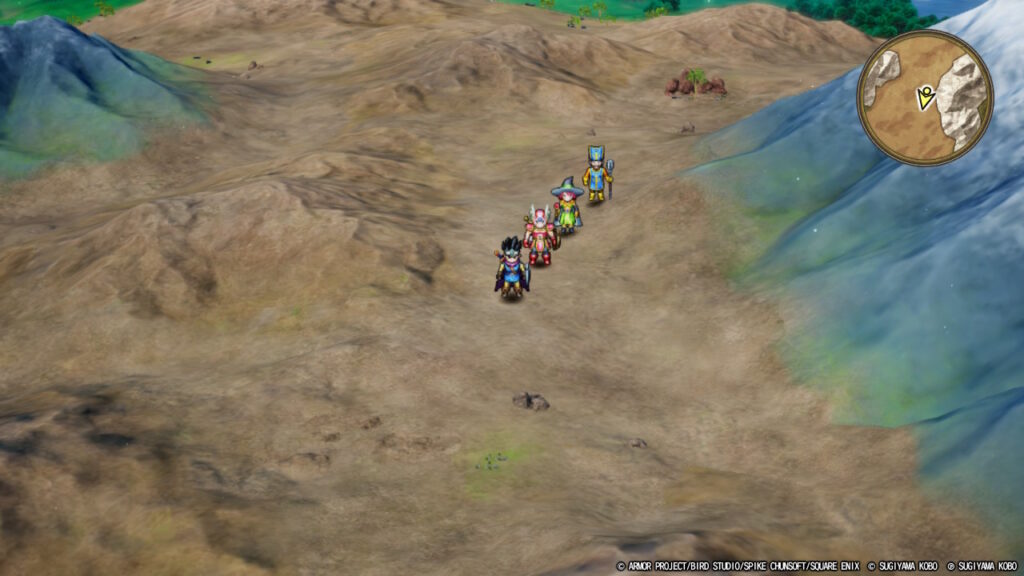
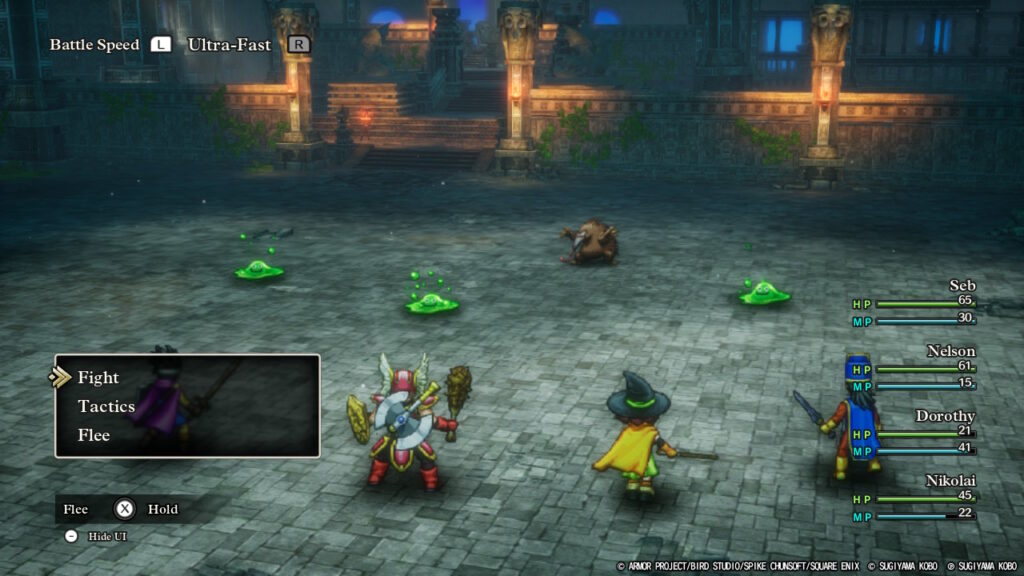
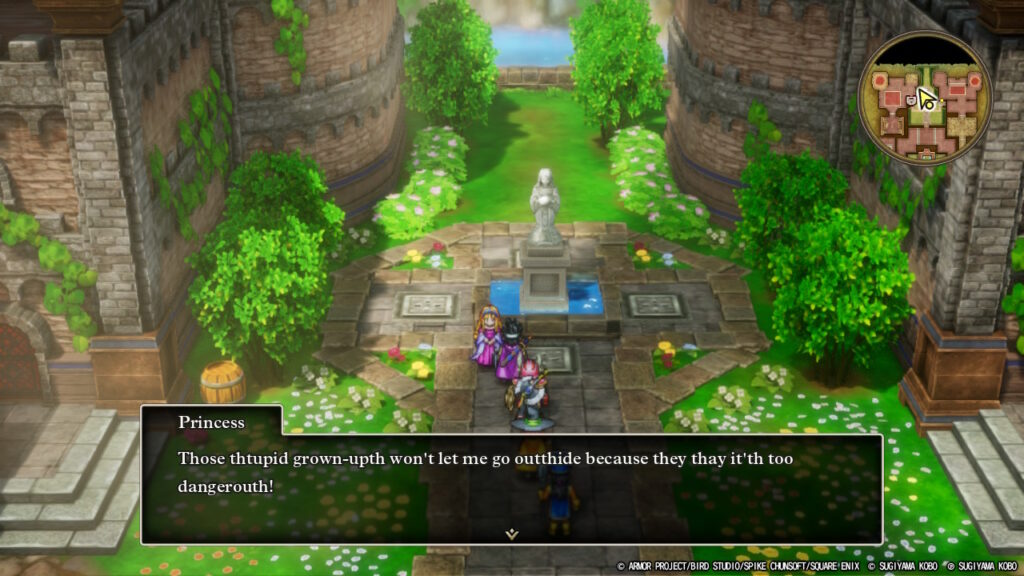
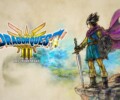



No Comments